I'm an electronic enthusiast, and very interested in doing experiments and working with whatever I learn in the book.
Recently, I was making a full wave rectifier circuit. In order to find a Zener diode for this purpose, I searched through the net, and it was a utter chaos that I found myself in with the different types of numbering of the diodes and capacitors. My book mentioned that Zeners are numbered usually as 1N.... , that is, Zeners have the prefix 1N. I had to look up the data sheet of each zener available to see which met my needs.
There are similar types of numbering for transistors, ICs and all other electronic components. My question is that, is it possible to identify the characteristics of a particular component by looking at its numbering and not the data sheet? For example, if I say a Zener is 1N5408, as a beginner, I understand nothing but that it is a Zener diode, and then I've to look at the data sheet for other characteristics. Is that the case with everyone? What do you do when you want a particular component with some specifications in particular? Do you just Google it up, or is their some systematic approach to this?
Moreover, can anyone provide me a table by which I shall be able to understand which serial number of components refers to what? For example, BAV99 is a dual diode, whereas BT146 is a triac. How can I understand at the first sight that the given serial number refers to a diode, transistor or such other components? What is their systematic numbering process, if any?
